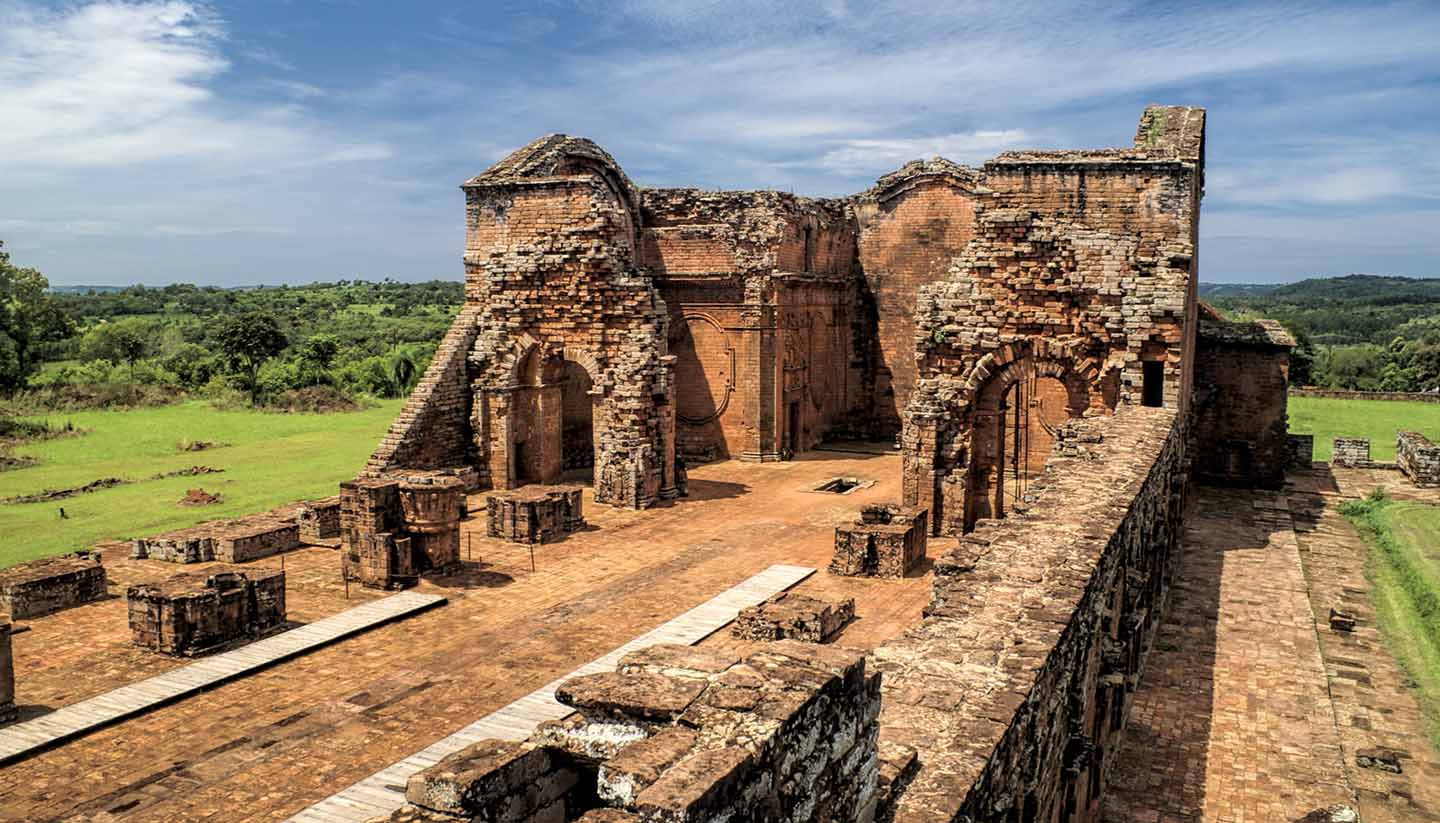Paraguay History, Language and Culture
History of Paraguay
Like much of South America, the territory of present day Paraguay was once a stomping ground for semi-nomadic indigenous tribes, who jostled for space and resources in the region for thousands of years. And then came the Spanish, who built Asunción in 1537 and established an overseas province called Paraguay.
What follows is a familiar tale of European colonialism – enslavement of indigenous people, forced Christianity – which ended when the Paraguayan people overthrew the Spanish administration and declared independent in 1811.
Dictatorships followed, starting with Paraguay’s first leader, José Gaspar Rodríguez de Francia. Despite ruling with an iron fist, he allowed the country to prosper economically and socially, a legacy that continued with his successor Carlos Antonio López.
And then there was a war. Dubbed the War of the Triple Alliance (1865-1870), this bloody conflict engaged Argentina, Brazil, Uruguay and Paraguay, and saw the latter lose two thirds of its male population and vast swathes of land. The country was in ruins.
Paraguay barely had time to recover before it was engaged in another conflict, known as the Chaco War (1932-1935). Fought with Bolivia, Paraguay avoided territorial losses but some 30,000 of its men died in battle.
WWII and a brief civil war followed before another dictator, Alfredo Stroessner, took power in 1954. Stroessner promised ‘peace and progress,’ but delivered corruption and nepotism; while the military earned fortunes from bootlegging and drug-trafficking, his Colorado Party handed out public sector jobs to friends and family, and tortured political opponents.
The Colorado Party continued its autocratic rule until 1993 when it held what is widely regarded as the first democratic election in Paraguayan history. Jaun Carlos Wasmosy Monti, of the Colorado Party, won the presidency which was marred by controversy – he was sentenced to four years in prison for defrauding the Paraguayan state in 2004. His successors fared little better.
Then came Roman Catholic bishop, Fernando Lugo, who won the 2008 presidential elections and brought an end to 61 years of Colorado Party rule. Lugo formed the centre-left Patriotic Alliance for Change and put land reforms and corruption at the heart of his manifesto.
However, in 2012 Lugo was removed from office in what critics described as a coup d’état. The following year the Colorado Party returned to power and tobacco billionaire, Horacio Cartes, was appointed president. Like many before him, Cartes has pledged to fight corruption and tackle poverty, which afflicts some 30% of the population.
Did you know?
• Paraguay gained independence from Spain in 1811, but its first democratic elections didn’t come until 1993.
• The vaunted Paraguayan novelist poetically described his nation as “an island surrounded on all sides by land.”
• Paraguay is one of the few South American countries to have retained its mother tongue (Guarani) as an official language.
Paraguay Culture
Religion in Paraguay
89.6% Roman Catholic, 6.2% Protestant.
Social Conventions in Paraguay
Shaking hands is the usual form of greeting. Smoking is not allowed in cinemas and theatres. Dress tends to be informal and sportswear is popular.
Photography: Avoid sensitive subjects such as military installations.
Language in Paraguay
The official languages are Spanish and Guaraní; Guaraní is spoken by most of the rural population. Most Paraguayans are bilingual, but prefer to speak Guaraní outside Asunción.


